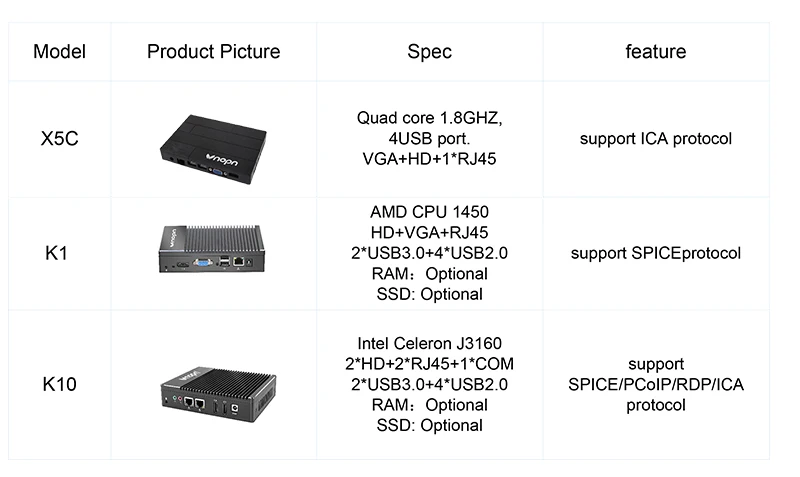


Currently this setting is only supported in Windows and Linux. PCoIP is a clever little protocol, as it uses the clients (dumb terminal) memory to cache portions of the display to save them having to be re-transmitted and re-rendered. The good news is the user, has no idea this is going on in the background, they just think it’s sheer awesomeness! As the connection continues more data is sent and the ‘lossy’ initial image becomes fully rendered. Rather than sending the complete desktop image immediately, the PCoIP protocol will send it in a ‘lossy’ state first which is a highly compressed initial image. The likelihood is the connection will have high latency and there bandwidth is probably less than 1 Mbps. Let’s say a user is in a cafe, and the are using there mobile phone to act as there WAP. Well the essence of ‘build to lossless’ is to give the user the best experience possible. One of the most important features of the PCoIP protocol is ‘build to lossless’ so what does this actually mean.
#Pcoip protocol full#
I feel like a parrot repeating myself, but here goes, for a full break down of each Group Policy setting, I recommend reading the VMware View Administration – View 5.0 guide.
#Pcoip protocol how to#
The ADM Template Files are located on your View Connection Server under …VMwareVMware ViewServerextrasGroupPolicyFilesĪ bit like Blue Peter, I made this earlier which shows you how to import the ADM Templates VMware View – Objective 1.5 Preparing Active Directory For Installation under Template Files.Įxplain GPO Settings Including Describe “Build To Lossless” and Describe How To Configure Cache Size The good news any of the above RDC protocols support dual monitors! Remote Desktop Connnection 7.x > Windows 7.Remote Desktop Connection 6.x or 7.x > Windows Vista.Remote Desktop Connection 6.x > Windows XP.I covered the configuration steps in VMware View – Objective 1.5 Preparing Active Directory For Installation under Section Remote Desktop Users.

When they grant the View Desktop Users access to a Restricted Group called ‘Remote Desktop Users’ and apply this group policy to the Organisational Unit that the View Desktops will be held. To enable users to connect to there View Desktop, RDP has to be enabled on the Operating System. View comes with a number of built in Group Policy templates which are as follows:įor a full break down of each Group Policy setting, I recommend reading the VMware View Administration – View 5.0 guide.
#Pcoip protocol software#


 0 kommentar(er)
0 kommentar(er)
